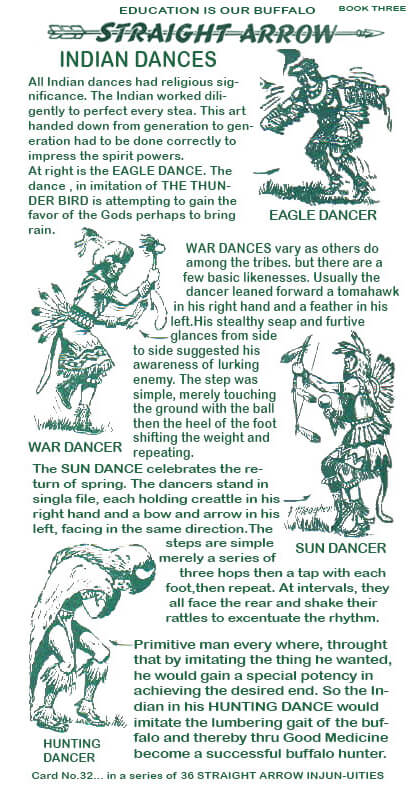Search

Indian dance basically encompasses a wide range of genres that are often classed as either classical or folk. The same as with other aspects of Indian culture, diverse kinds of dance began in different sections of the nation, developed in accordance with local customs, and included components from other parts of the country into their composition.The hunter dance, the sun dance, the war dance, and the eagle dance are all performed in native America.
The eagle dance is a ceremonial dance performed by several American Indians as part of their religious ceremonies. It is used by the Pueblos to ask for rain, and by the Iroquois to ask for peace and cure when they are sick. It is derived from calumet dance and is conducted by two to four men who wear prosthetic wings on their arms and make movements that resemble those of eagles. It is a kind of calumet dance.
The Straight Dance, also known as the Southern Straight Dance or the Southern Traditional, is a type of Native American pow wow dancing that originated in the southern United States. During the performance, the dancers tell the story of hunting or battle parties on the lookout for the enemy.
Address:
Phone:
info@straightarrow.org